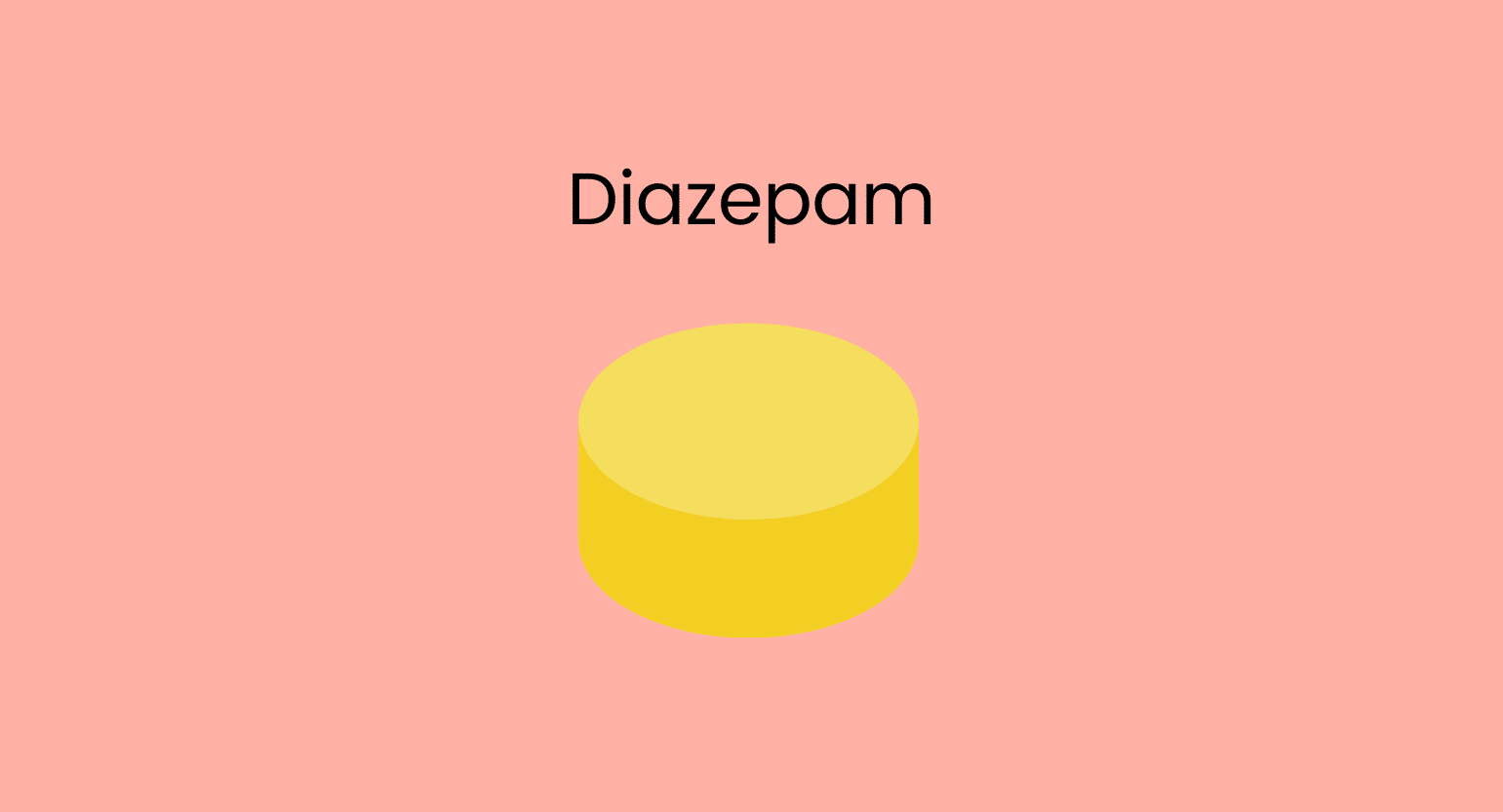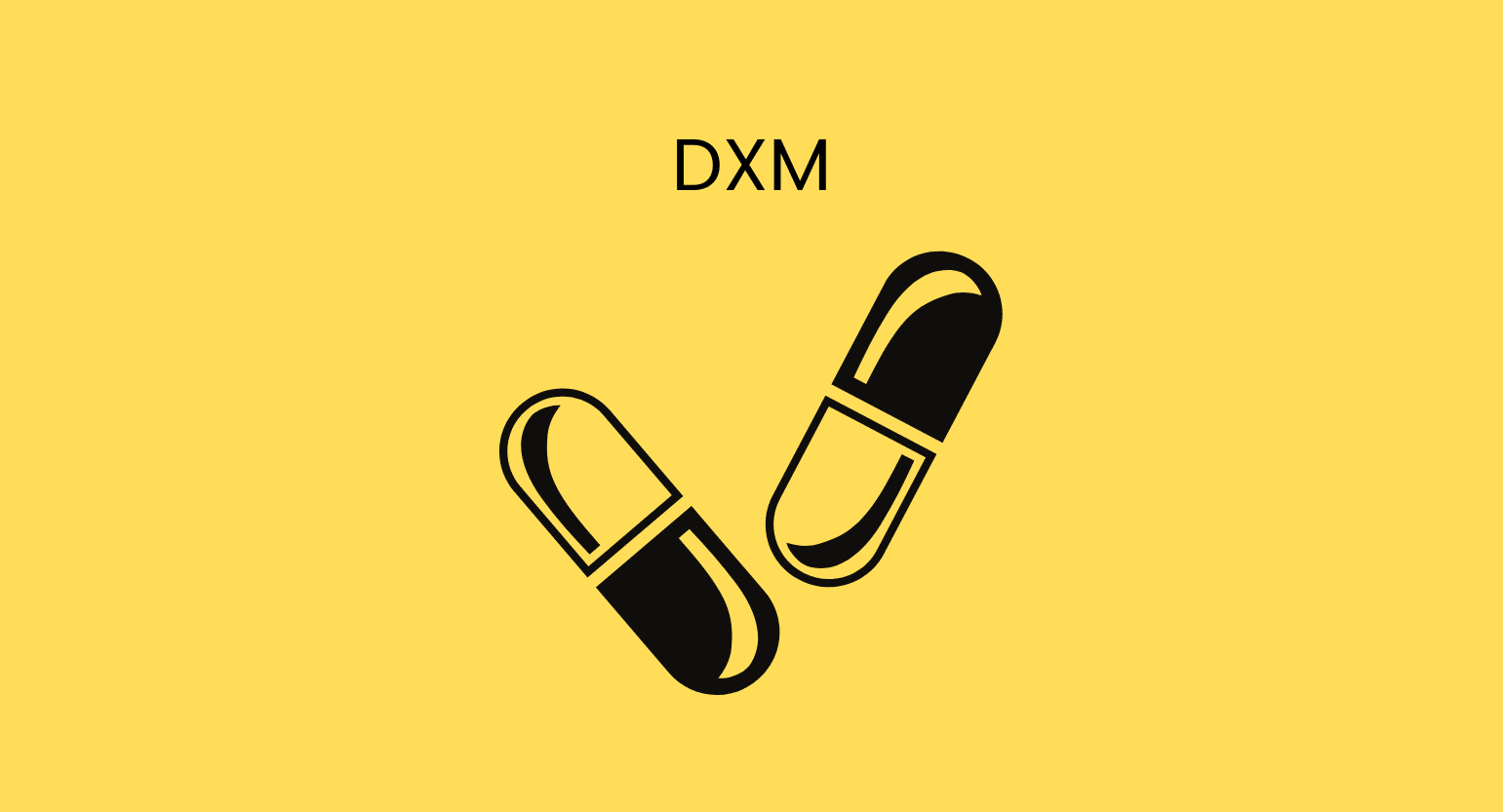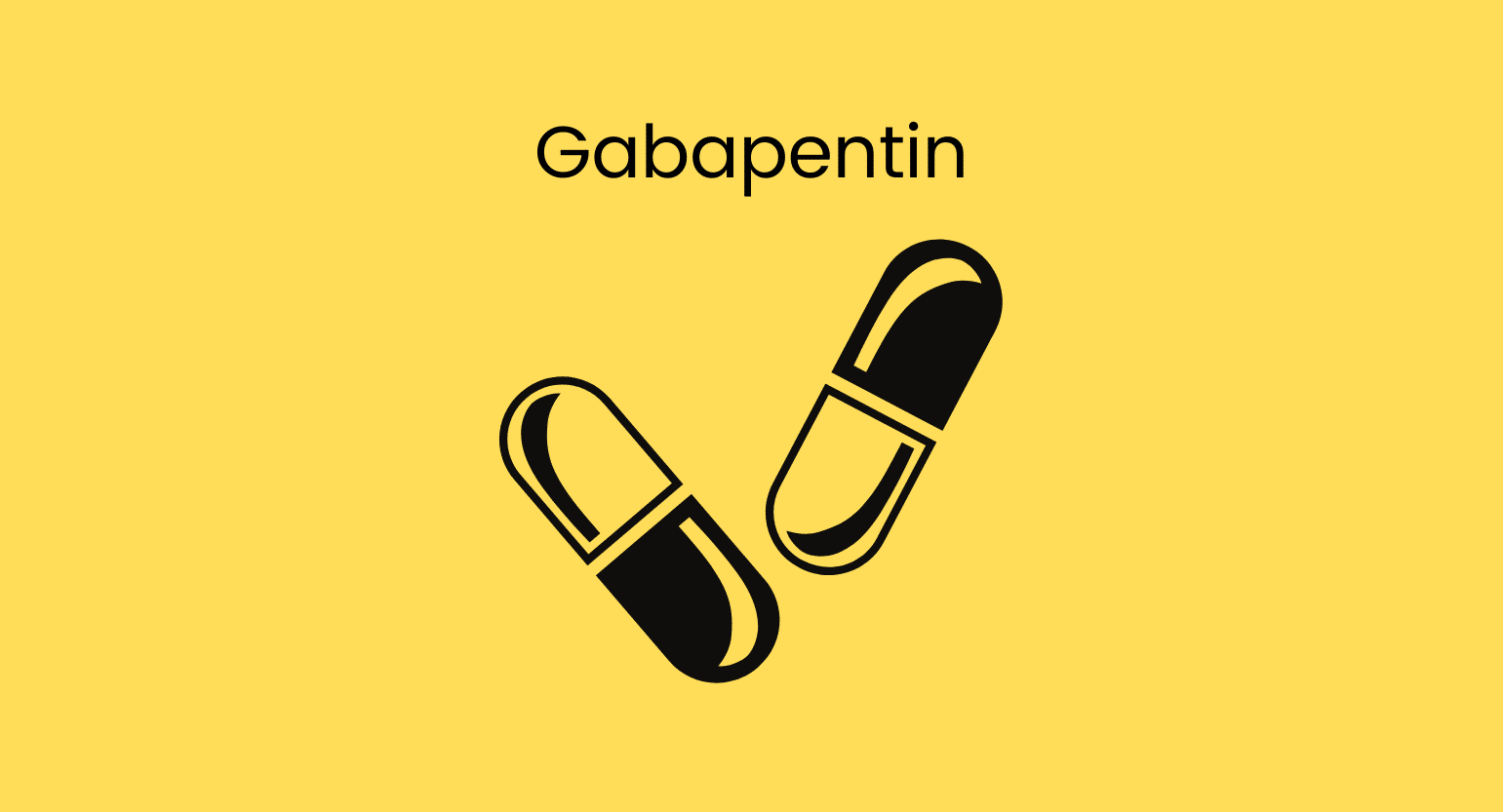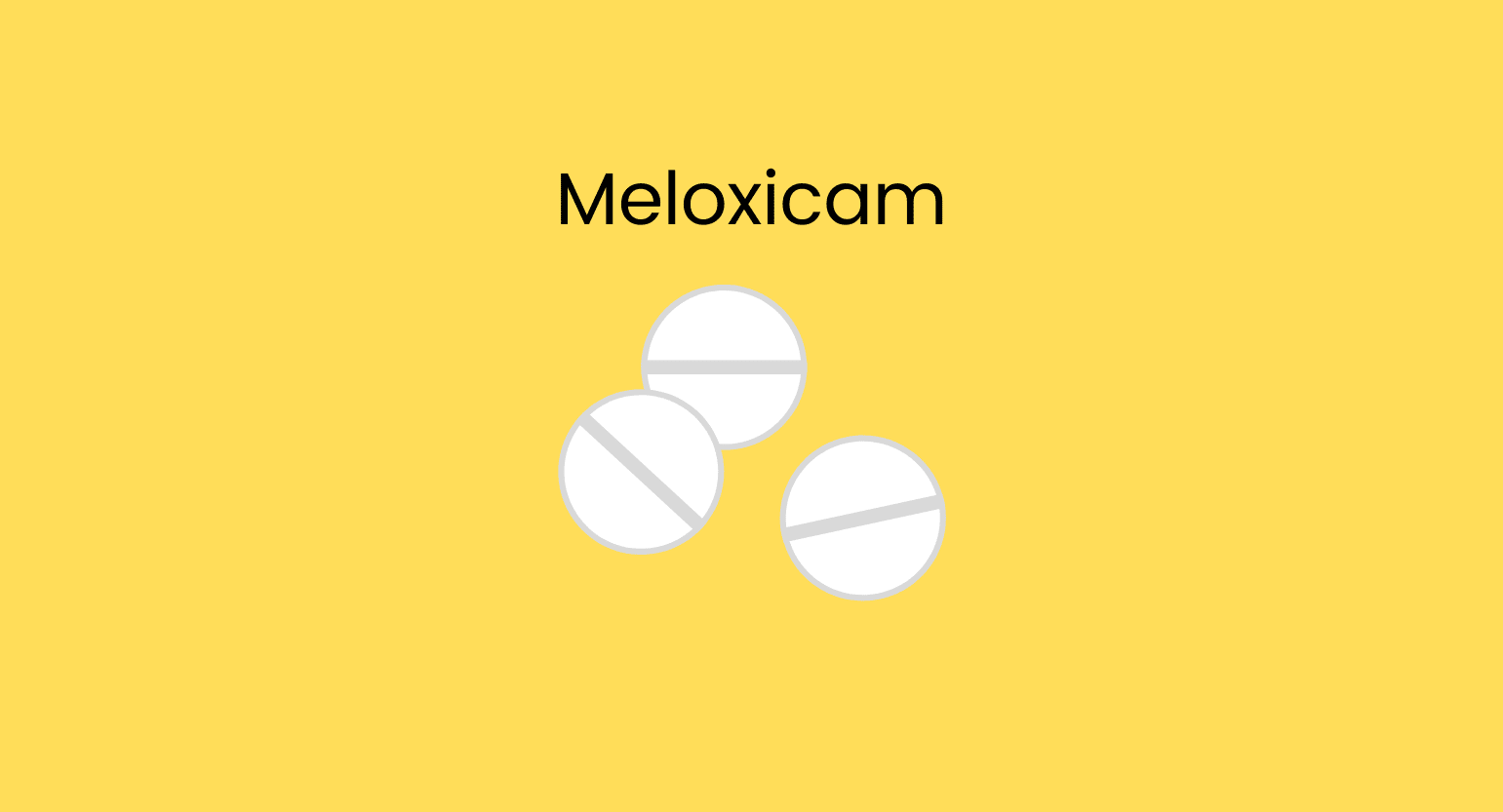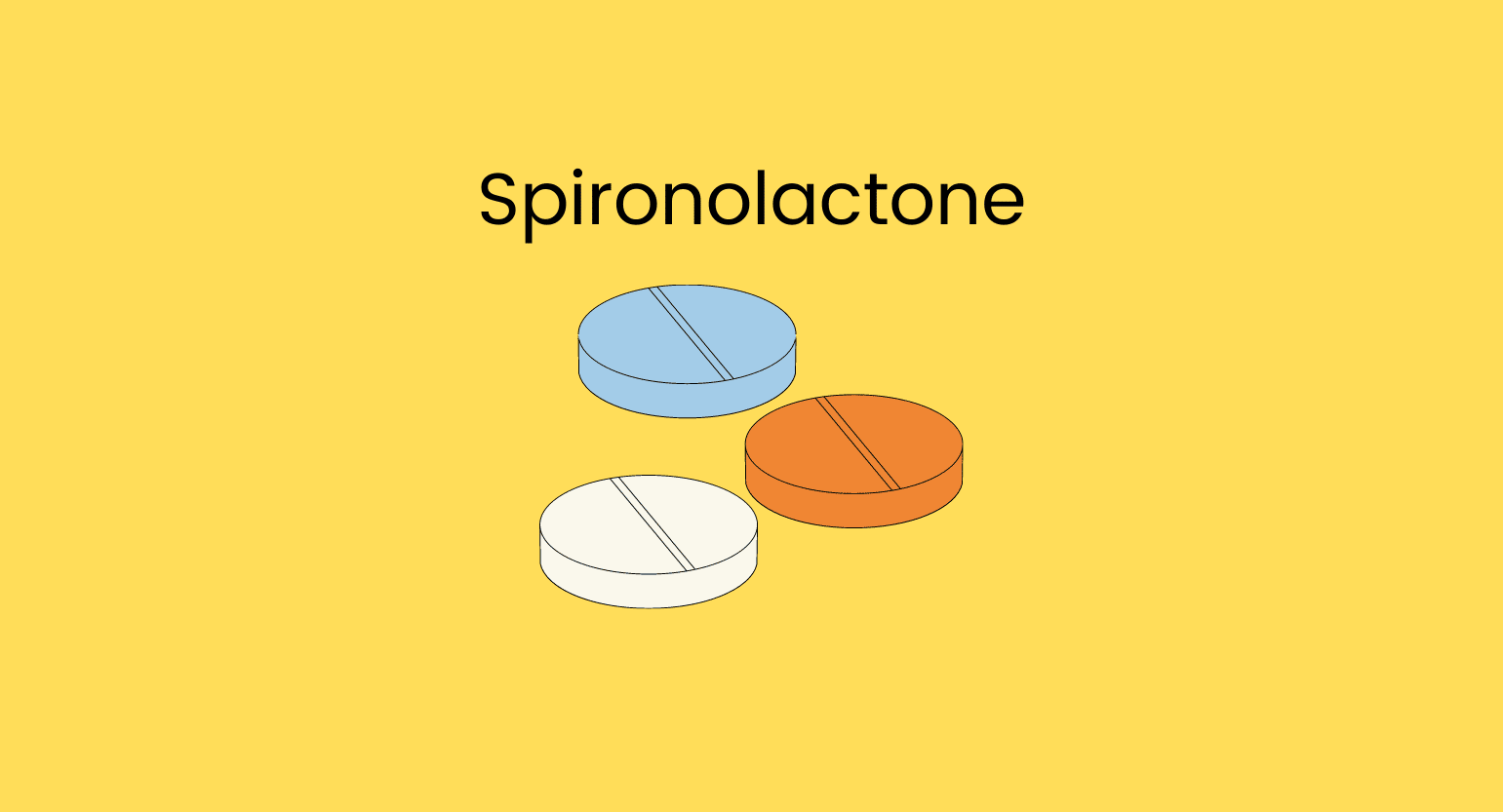Does Kratom Interact With Diazepam (Valium)?
Yes, there’s a high risk of a dangerous interaction if you mix kratom and benzodiazepines like diazepam (Valium).
The FDA has alerted benzodiazepine users that concomitant opioid use increases the risk of respiratory depression — the number one cause of overdose deaths.
This is significant because kratom interacts with the same opioid receptors that other opioids do and can cause an agonistic reaction. This term refers to when one medication increases the effects of another.
Kratom is much safer than pharmacological opioids, but this interaction still poses a considerable risk for the user.
Kratom can also inhibit or slow down diazepam’s metabolism, allowing the drug to build up and increasing the chances of experiencing undesirable side effects.
Is it Safe to Take Kratom With Diazepam (Valium)?
Kratom shouldn’t be used with benzodiazepines. The chance of adverse reactions is too high. If you feel you might benefit from this combination, talk to your doctor first.
What is Diazepam (Valium)?
Diazepam — available commercially as Valium — is a prescription benzodiazepine medication. It has anxiolytic (anti-anxiety), muscle-relaxant, anticonvulsant and amnestic effects.
Benzodiazepines are used to slow down brain activity by enhancing the gamma-aminobutyric acid (GABA) neurotransmitter.
The USG has placed diazepam on Schedule IV of the Controlled Substances Act (CSA). Technically, diazepam has a low potential for abuse and could lead to “limited” physical dependence.
However — in reality — benzodiazepines such as diazepam are highly addictive substances and often lead to prolonged dependence.

| Drug Name | Diazepam |
| Trade Name | Valium |
| Classification | Benzodiazepine |
| CYP Metabolism | CYP3A4 and CYP2C19 |
| Interaction With Kratom | Agonistic and antagonistic |
| Risk of Interaction | High |
What is Diazepam Used for?
According to the FDA, diazepam is approved for the following indications:
- Anxiety/depression-related disorders: diazepam has potent anxiolytic properties and is often prescribed to treat these conditions.
- Alcohol withdrawals: diazepam can aid in the relief of symptoms brought on by these events, such as tremors and acute delirium.
- Muscle-relaxing properties: benzodiazepines cannot treat pain. However, diazepam can treat pain stemming from muscle spasms and other conditions through its muscle-relaxing properties.
Prescribing physicians have also found plenty of “off-label” uses for diazepam.
It is important to note that long-term studies of diazepam use are lacking. Individuals with a diazepam prescription should periodically reassess their diazepam treatment.
What’s the Dose of Diazepam?
Diazepam is available for oral administration in 2 mg, 5 mg, or 10 mg tablets. On average, peak plasma concentrations occur in 1 to 1.5 hours. Additionally, absorption is delayed when diazepam is administered with a meal [1].
The proper diazepam dosage varies according to several factors such as age and the health condition that needs to be addressed. Dosages vary between 2 to 10 mg with a frequency of up to 4 times a day; however, you should only take diazepam according to your prescription.
Diazepam is contraindicated in patients with hepatic impairments and sleep apnea syndrome.
Generic & Brand Name Versions
Diazepam is available in dozens of brand names worldwide. Some of them are:
- AcuDial
- Diastat
- Valium
- Valtoco
- Vazepam
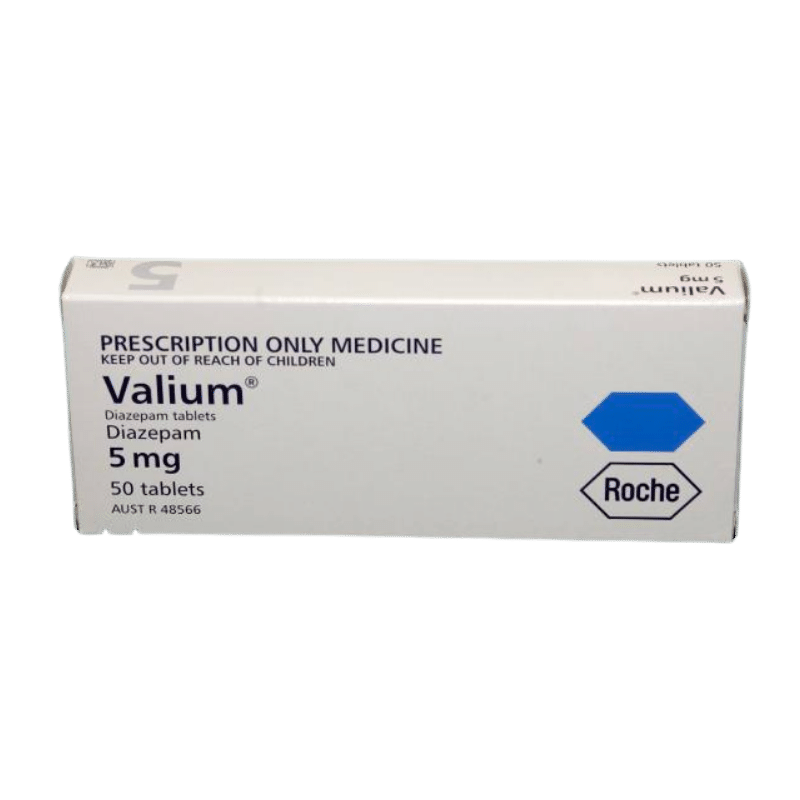
What Are the Side Effects of Diazepam (Valium)
Diazepam’s side effects are similar to those of other benzodiazepines.
Common side effects of diazepam are:
- Anterograde amnesia
- Ataxia
- Confusion
- Constipation
- Depression
- Fatigue
- Headaches
- Irritability
- Nausea
- Rashes
- Sedation
Severe adverse reactions include [2]:
- Bradycardia
- Cardiovascular collapse
- Dependency and abuse
- Hypotension
- Paradoxical CNS stimulation
- Respiratory depression
- Suicidal thoughts
- Syncope
- Withdrawal symptoms
Lastly, one of the most dangerous aspects of benzodiazepines will always be the possibility of acute withdrawal reactions. Abrupt discontinuation of diazepam can place you at serious risk of death. Do not do so unless you have a doctor’s guidance.
What is Kratom?
Kratom (Mitragyna speciosa) is a tropical evergreen tree native to Southeast Asia.
Kratom has a broad spectrum of alkaloids that account for its many beneficial properties. Kratom’s main alkaloids are mitragynine and 7-hydroxymitragynine.
Currently, kratom is still an unregulated substance, but don’t let this discourage you. Through scientifically sourced information, you can stay safe when experimenting with kratom.
What is Kratom Used for?
Kratom was used as traditional medicine in Southeast Asia and only recently made its way to the Western world.
It has many uses and covers a wide spectrum of effects.
When taken in low doses, kratom acts as a stimulant and can increase energy, boost concentration, and even provide feelings of euphoria.
The effects begin to change if you take a medium-to-high amount of kratom. Kratom begins to elicit powerful pain-relieving and anxiolytic effects.
But wait — there’s more.
Kratom can also promote sleep, act as a weight-loss supplement, and effectively treat opioid withdrawal symptoms.

What’s the Dose of Kratom?
As with all drugs, the proper dosage can never be ascertained by using a strict formula. Those methods could never account for the myriad of factors that have to be accounted for, such as body weight and user sensitivity.
If you’re unsure where to start, you can check out our kratom dosing guide.
Nevertheless, here are some general tips:
- If you’re new to kratom, you should start slow. See if you have a sensitivity to it first.
- Once you are familiar with the compound, you can start experimenting with higher doses.
- Remember: repeatedly consuming large amounts of kratom will increase your risk of developing kratom dependence.
Most people use 2-8 g per dose. You want to use the smallest amount possible and have the doses as far apart as possible. Low doses are around 2-5 g, medium doses fall in the 5-8 g range, and large doses are 8-12 g.
Remember, smaller amounts are more energizing, and larger amounts are more sedating.
Suggested Reading: How Long Should I Wait Between Kratom Doses?
What Are the Side Effects of Kratom?
Kratom and opioid medications have roughly the same side effects. However, kratom’s adverse effects are usually much less severe.
Kratom’s common side effects are:
- Constipation
- Dizziness
- Headaches
- Insomnia
- Nausea
- Itchiness
- Loss of muscle coordination
More serious side effects include:
- Low blood pressure
- Low libido
- Poor appetite
- Seizures
- Tremors
Additionally, kratom consumption does have the potential to cause an addiction. Thankfully, its overdose potential is quite low.

What Are the Different Types of Kratom?
You’ll find kratom comes in three main strains, though other variations of these exist.
The different strains share slightly varying alkaloid profiles. In practice, this means that although they all produce the same general effects, they all specialize in certain parts of it.
Certain factors influence the alkaloid content, such as harvest time and soil composition. For example, red strains tend to be higher in 7-hydroxymitragynine, the alkaloid that binds strongly to opioid receptors. Mitragynine, the other main alkaloid in kratom, also has pain-killing abilities, but its effects are more energizing and euphoric.

White Vein Kratom
White vein kratom is the most popular kratom strain out there.
This strain produces stimulating effects — perfect for a morning pick-me-up!
If you’re interested in kratom for its nootropic benefits, then this is surely the strain for you. You’ll find these strains are good for boosting motivation, concentration, and mood.

Red Vein Kratom
Red vein kratom is the best choice if you’re looking to treat chronic pain or anxiety-related issues, as it emphasizes the effects of a mid-to-high dose of kratom.
Many chronic pain patients have abandoned their pharmacological prescriptions for a red-veined kratom strain. It is a much safer long-term choice than any painkiller.

Green Vein Kratom
Green vein kratom is actually a little different than white or red. Instead of focusing on one area of the kratom spectrum, it provides a well-balanced experience of everything that kratom offers.
The only downside is you don’t get the targeted experience of a red or white.

Yellow Vein Kratom
Yellow-vein kratom is the same as green, really, except for the fact that it’s the lightest strain of them all.
Because of this, first-timers and those with a sensitivity to kratom tend to gravitate towards yellow-veined strains.

Key Takeaways: Is it Safe to Mix Kratom & Diazepam (Valium)
No, it’s best to not mix kratom and diazepam (Valium).
Numerous health authorities have warned about the dangers of mixing benzodiazepines and opioids.
If you’re currently on a diazepam prescription, the smart move is to avoid kratom altogether. Talk to your doctor about what other compounds you could use to replace kratom.
- Mandelli, M., Tognoni, G., & Garattini, S. (1978). Clinical pharmacokinetics of diazepam. Clinical pharmacokinetics, 3(1), 72-91.
- Dhaliwal, J. S., Rosani, A., & Saadabadi, A. (2020). Diazepam. StatPearls.
